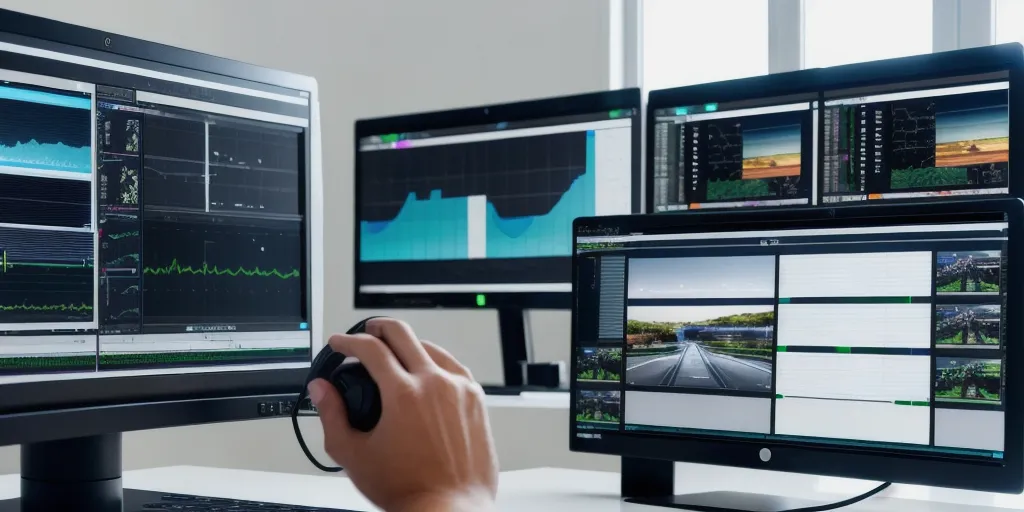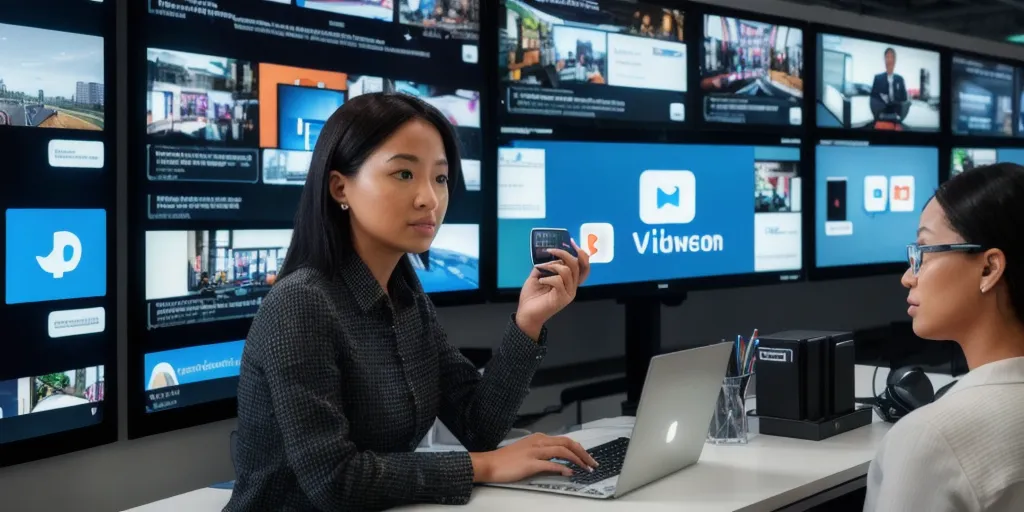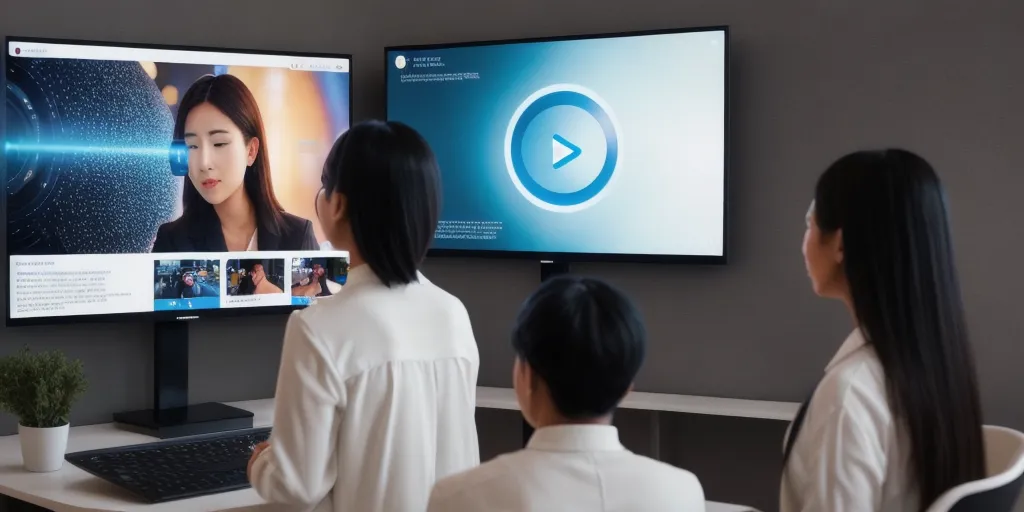To enhance video using artificial intelligence (AI), there are several key techniques that can be employed. One method is through the use of AI-powered video editing software, which can automatically adjust colors, lighting, and other visual elements to improve the overall quality of the video.
Another approach is to utilize AI algorithms to analyze and optimize video content for specific platforms, such as social media or streaming services, to ensure that the video is displayed in the best possible way.
Additionally, AI can be used to enhance video by automatically generating subtitles, captions, or translations, making the video more accessible to a wider audience. Furthermore, AI can also be used to enhance video by automatically detecting and removing background noise, stabilizing shaky footage, or even creating special effects and animations.
By leveraging the power of AI technology, video creators can significantly improve the quality and impact of their content, making it more engaging and professional-looking for viewers.
What techniques can ai-powered video editing software use to enhance video quality?

AI-powered video editing software can utilize a variety of techniques to enhance video quality. One common technique is the use of AI algorithms to automatically adjust color balance, contrast, and brightness levels to create a more visually appealing image.
These algorithms can analyze the content of the video and make adjustments based on predefined parameters or user preferences. Another technique is the use of AI-powered upscaling, which can increase the resolution of a video by filling in missing pixels and enhancing details.
This can result in a sharper and more detailed image, especially when upscaling lower resolution footage. AI can also be used for noise reduction, where algorithms can identify and remove unwanted noise or artifacts from the video, resulting in a cleaner and more professional-looking final product.
Additionally, AI can assist in stabilizing shaky footage by analyzing motion patterns and applying corrective adjustments to create a smoother and more stable video. By utilizing these techniques, AI-powered video editing software can significantly enhance the overall quality of videos, making them more visually appealing and engaging for viewers.
How does ai optimize video content for specific platforms like social media?

Artificial Intelligence (AI) plays a crucial role in optimizing video content for specific platforms like social media by analyzing data and user behavior to tailor content accordingly. AI algorithms can determine the best time to post videos, the ideal length and format for each platform, and even the most engaging content based on audience preferences.
By utilizing AI, content creators can ensure that their videos are reaching the right audience at the right time, ultimately increasing engagement and visibility.
Additionally, AI can help optimize video content by automatically generating captions, subtitles, and thumbnails, making the content more accessible and appealing to a wider audience. AI can also analyze performance metrics and provide insights on how to improve future video content for better results.
Overall, AI streamlines the process of optimizing video content for social media platforms by leveraging data-driven insights and automation to maximize reach, engagement, and overall effectiveness. By harnessing the power of AI, content creators can create more impactful and successful video content tailored to specific platforms and audiences.
In what ways can ai technology make videos more accessible to a wider audience?

AI technology can make videos more accessible to a wider audience in several ways. One way is through the use of automatic closed captioning, where AI algorithms can transcribe spoken words into text in real-time, making videos more accessible to those who are deaf or hard of hearing.
Additionally, AI can also provide language translation services, allowing videos to be easily understood by non-native speakers or those who speak a different language. Another way AI technology can enhance video accessibility is through the use of image recognition software, which can provide audio descriptions of visual content for blind or visually impaired viewers.
This feature enables a more inclusive viewing experience for all audiences. Furthermore, AI can personalize video recommendations based on individual preferences and viewing habits, ensuring that users are presented with content that is relevant and engaging to them.
Overall, AI technology plays a crucial role in making videos more accessible to a wider audience by providing tools and features that cater to diverse needs and preferences.
How does ai technology improve video by removing background noise and stabilizing footage?

AI technology has revolutionized the way we experience video content by enhancing the overall quality through the removal of background noise and stabilization of footage. By utilizing advanced algorithms and machine learning capabilities, AI can effectively identify and isolate unwanted background noise, such as wind or traffic sounds, from the main audio track, resulting in a cleaner and more professional sound.
This not only improves the overall viewing experience but also ensures that the audience can focus on the main content without any distractions.
Additionally, AI technology can also stabilize shaky footage by analyzing the motion patterns and applying corrective measures in real-time. This feature is particularly useful for handheld or action camera footage, as it can significantly reduce motion blur and create a smoother and more visually appealing final product.
Overall, AI technology plays a crucial role in enhancing the quality of video content by removing background noise and stabilizing footage, ultimately providing viewers with a more immersive and enjoyable viewing experience.